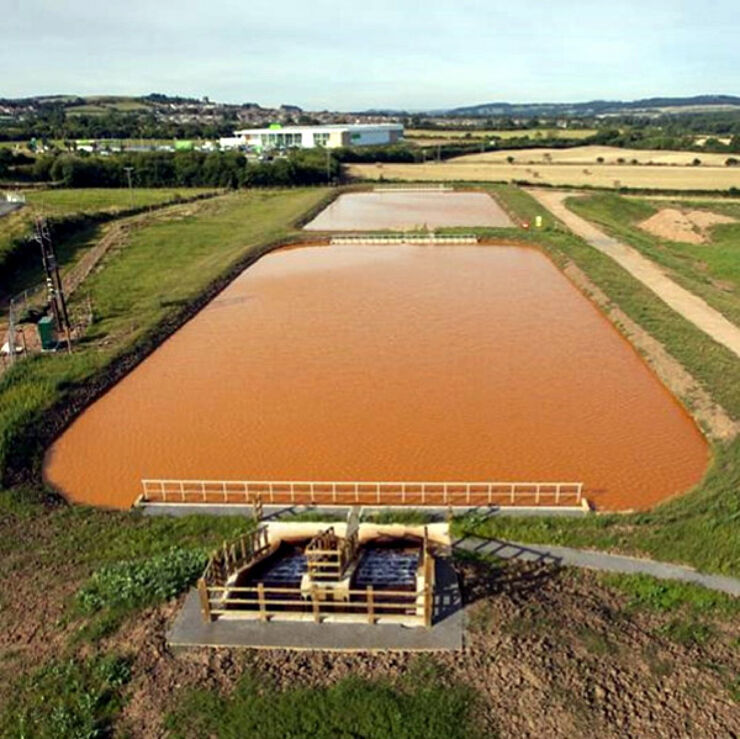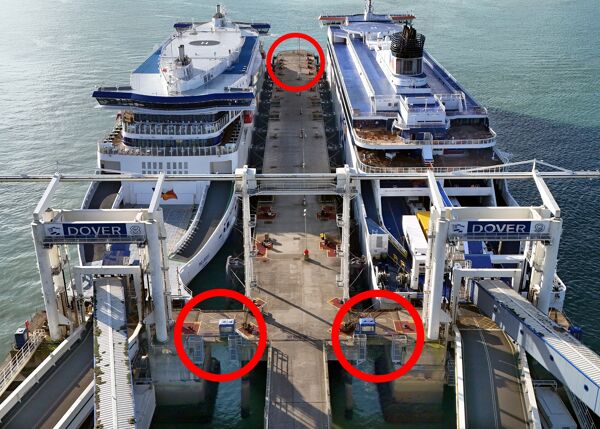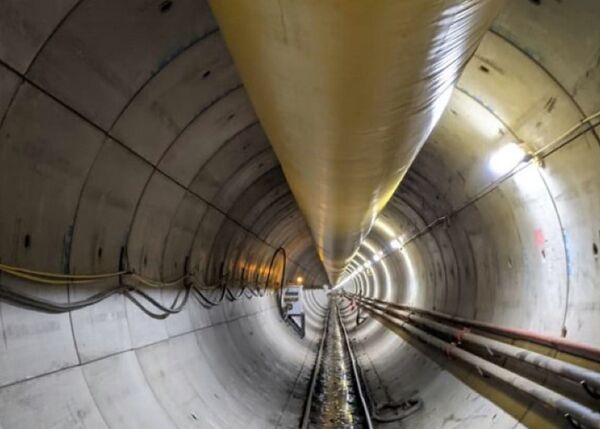
The Coal Authority, the UK's non-departmental government body responsible for managing the historic liabilities associated with mining, is using an NEC3 facilities management framework to treat effluent from abandoned ironstone mines in north-east England. The £20 million-a-year framework covers 65 similar mine-water treatment schemes at coal mines around the UK.
The Cleveland ironstone mines were closed in the 1960s but, with the drainage pumps turned off, iron-contaminated ground water started flowing from the mines in 1999. This resulted in severe pollution and bright orange colouring of Saltburn Gill and Skelton Beck in Saltburn-by-the-Sea, North Yorkshire. Up to 300kg of iron ochre was being deposited on the stream bed every day and over 100t of iron was being washed into the North Sea annually.
In 2010 The Coal Authority was asked to carry out a feasibility study into cleaning up the mine water due to its expertise with treating similar iron-rich effluent from coal-mines. This led the Department of Environment Food and Rural Affairs to provide funding for a treatment scheme in 2011, administered by the Environment Agency.
Two-Phase Approach
The Authority devised a two-phased approach due to uncertainty in the volume of mine water needing to be pumped and treated. The first phase involved construction of a primary treatment system and pumping to establish control of water levels. The second phase involves installation of a full-scale treatment system once water levels within the mine workings have been brought under control and the most polluting discharges stopped.
The project was awarded to contractor JN Bentley via the Authorities NEC Framework Contract. Early contractor involvement was procured using an NEC3 Professional Services Contract (PSC) to highlight any buildability issues prior to setting the target cost. The first-phase construction package was then let under an NEC3 Engineering Construction Contract (ECC) option C (target contract with activity schedule). Designer Atkins was also engaged under the NEC3 PSC.
According to the Authorities Project Manager Christina Mittenshaw-Hodge, "ECC option C is predominantly used for the works packages we let under our NEC3 facilities management framework. The target cost is based on priced activities generated from standard detail drawings. These details have been built up over several years and aim to standardise construction and allow an accurate target to be generated."
Minimise Impact of Change
"Within each contract, the pain / gain is linked to the achievement of key performance indicators and the share is adjusted depending on whether these are achieved. The use of NEC3 contracts on the Saltburn project has minimised the impact of change on the scheme to date compensation events have only raised the target by 1.6%," says Mittenshaw-Hodge.
The first phase involved construction of two mine water abstraction wells, a pumping station, two settlement lagoons and a sludge drying bed and was completed in summer 2013. The lagoons provided primary treatment to comply with the Environment Agency permit and removed 90% of iron from the pumped mine water. Sampling indicates that overall iron loadings on the watercourses has been reduced by 60%, with further improvement expected when the second phase of the scheme becomes operational.
The second phase, the design of which was informed by the results from the first phase, consists of four further settlement lagoons and two more sludge drying beds. Construction starts in summer 2014, again using NEC3 ECC option C.
Benefits of NEC
- NEC3 Framework Contract provides flexibility and consistency of approach on facilities management programmes, with design and early contractor engagement procured using the NEC3 PSC and construction packages let under NEC3 ECC.
- NEC3 ECC option C helps to keep works package costs under control as the target can be accurately set using early NEC3 PSC-procured early contractor involvement and standard construction drawings.
- NEC3 ECC has minimises the impact of change, which is particularly important when dealing with uncertain site conditions.



